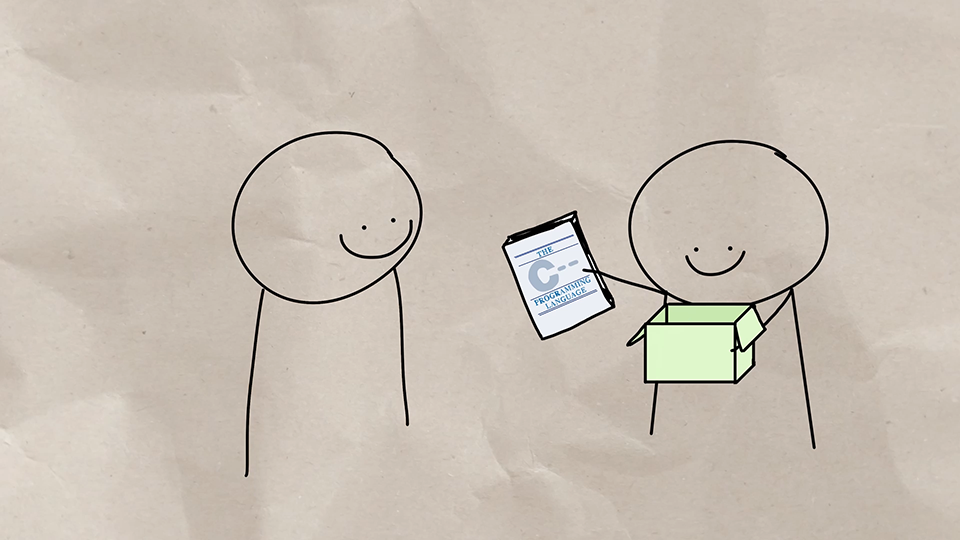Recognize when to play the role of a mirror or a coach
You've reflected on a few scenarios for their suitability to the mirror or coach role. Now, you'll review the main differences in these approaches and recognize when to use which one. In this unit, you'll review the differences between the dialogue you use and the ways in which you can support another person in each role.
Find the balance
Team leaders and managers have to walk a fine line between mirroring and coaching. If you play too strong of a role as you lead people through a plan, they won't learn how to strategize their own solutions or work through challenges. If you give them a lot of information and provide them with a solution, you're not helping them in the long run.
Conversely, if you don't ask many questions, you might not get all the correct information you require to help others. If you try to make them work through a plan, you might incorrectly assume the kind of help they need. Or you might not fully understand what's behind their request for help. People who expect guidance from you might also get frustrated. They might feel like you're withholding information that might help them and making them guess their way toward a solution.
Tip
Remember to strike a balance to help people in the best manner possible for the situation at hand. Frame the challenge and stay flexible. Think about the opportunity behind the problem, and encourage others to discover and ask questions.
What role does a leader play?
When your peers, teammates, or direct reports approach you with a request for help, it's possible that they're using a strategy to attempt to solve the problem. But they might not think about their approach as a formalized plan. As a first step, you can help them identify and analyze the plan they're using. You can also:
- Provide feedback on their work.
- Help them strategize about their process via mirroring or coaching.
- Encourage them to observe themselves and keep track of the outcomes of their actions or trials. A log or journal can help.
- Ask clarifying questions, such as, "Can you walk me through your process?" or "Tell me more about why you performed this step next."
- Provide useful feedback on their strategy. Maybe there was a missed step or another way to go about it.

Review differences between the mirror and coach approaches
Consider the following scenario with the team that's preparing for the hackathon.
One of the team members has been making great progress with their code and presentations. But when they ran their program, the compiler generated a long list of bugs, most of which are complex. They've run the program previously, but these bugs are new. They think that recent changes they made to the code might be the reason.
As you work with them to move through this challenge, consider how you would approach the situation as a mirror and as a coach. Here are sample statements you might use and actions you might take in both of these roles.
| Mirror | Coach |
|---|---|
| Notice and reflect back what you observe. "So I hear you saying that when you run the program, it fails, though you've run it successfully as recently as last week." | Ask if the team member is willing to try alternative strategies or views. "Are you willing to try isolating the pieces of code that are causing the bugs? One of the options is to work on those pieces separately and debug them first." |
| Gather more information and ensure that you clearly understand the problem. "Tell me more about the changes you made to the code recently. Do you have a change log we can go through together? What happens when you try to revert the changes that you know are recent?" | Clarify the goal. "You're trying to incorporate the new code into your program because it improves the efficiency of your calculations and gives you a competitive edge at the hackathon." |
| Retrace the steps it took to get to the problem. "Let's try this together so that I can review the steps you take right before you run the code." | Review which steps the team member is willing to take. "Are you willing to try an alternative piece of code? This might work for you as well." |
| Process and analyze the situation. "You've tried removing the code snippet you added recently, and that removes some of the bugs, but not all. You also want to troubleshoot the code snippet because you want to include it for the hackathon." | Explain how others have found the strategy useful. "Others on your team have had similar problems. Some of them resolved their bugs by adapting their program according to the guidance on this link. Do you want to try the same strategy?" |
| Confirm your understanding. "It sounds like you're getting these bugs because of the new code you added and some of the edits you made to the older parts. Did I get that right?" | Elaborate on next steps. "Go to this link to review the code we spoke about. Do you want to try the first step while I'm here?" |